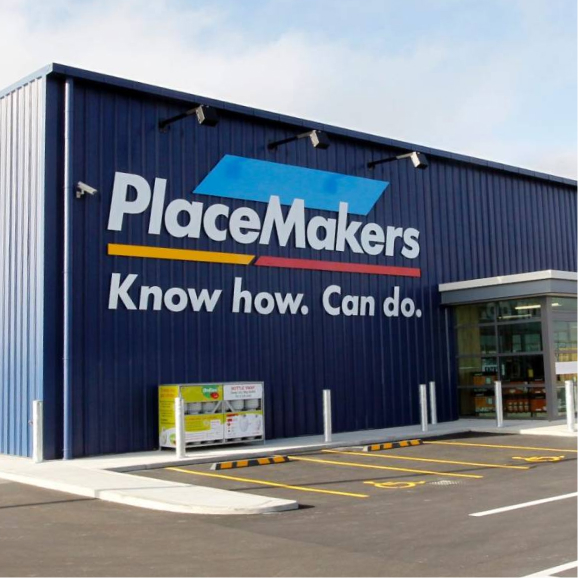You have probably heard the term ‘master data’ bandied around, but may not know exactly what it is. And why managing it is so important to your business. The overall concept of master data is the aggregation of core business data shared from multiple sources across the enterprise into a single complete source of truth. More specifically, the data identifiers relating to the person (who they work for, and if they are a customer, employee, or supplier), object (think products), and place (location related) and often financial structures (think ledgers and cost centres). To note: Master data isn’t transactional in nature, but it does describe transactions. If you have a fully integrated ERP running your entire organisation, the chances are that you already have Customer/Person Master, Item/Object Master and Account Master data lists. And this master data is likely to be a key company asset. But if you don’t, if critical data is held in myriad line-of-business applications owned by different departments, how do you get it organised, so you know that the entire enterprise is working with the same information? That’s where Master Data Management comes into play.
Enter, Master Data Management
Master Data Management, aka MDM (and not to be confused with Mobile Device Management), is defined by Gartner as “a technology-enabled discipline in which business and IT work together to ensure the uniformity, accuracy, stewardship, semantic consistency and accountability of the enterprise’s official shared master data assets.” In short, it’s the technology, tools, and processes that ensure that your master data is coordinated, consistent, and complete across the enterprise.
Why do we need MDM?
If your data never changes, then you don’t need MDM. If your employees don’t shift house, customers never change their details, and your product or service range and pricing is static – then go you! However, it’s not very likely. So let’s talk about some of the business challenges you face when dealing with dynamics data. If your data is siloed in (non-interacting) applications across the business, it can cause all sorts of issues. For example, suppose your HR and Payroll systems aren’t integrated and don’t share up-to-date data. In that case, an employee may have one set of address and emergency contact details in one system and different details in the other. Or their name may be spelt slightly differently in each application, so you have to search ‘backwards’ from department or job title to ensure you have the employee information.

With MDM, you can determine which address or emergency contact is the most current and make it the default record. MDM also helps you tackle inconsistency across multiple systems. For example, if you have a customer’s details entered in several systems (e.g. your CRM and Financials), you need to be able to identify the same customer across multiple systems. With consistent and complete information, billing is always correct, as are delivery and other current account details. Double data entry are words that strike fear into most hearts. The opportunity for error is magnified, and data from one system needs to propagate from one to another in a timely fashion. Dispatching a container of goods to a customer’s old address because the new address hasn’t filtered through yet is a costly exercise. Then, there’s data ownership – or a lack of it. Without stewardship, there’s a disconnect between the business unit responsible for customers and the platform owners who hold all the siloed customer data.
But we have an ERP!
You may have an ERP, but if you’ve moved from an on-premises to SaaS model more quickly than expected due to COVID, you may have left some of your integrations behind. Or simply not got around to making sure all your cloud applications are sharing data. In the hurry to transform, your marketing team may have spun up an instance of Salesforce in the cloud, and your job management team, a cloud work management instance. And while you’ve got customer information shared across all of them, you’re experiencing manual double entry or inconsistent data – whereas previously, that was all managed by the ERP. So now there’s nothing to ensure coherent, consistent information.
How will your business benefit from Master Data Management?
MDM technology supports your business processes rather than supplanting them. And it allows you to manage data without having to turn to your IT department for help. Critically, it improves data quality, compliance and accuracy and avoids duplication. So when you access your single source of data truth for reporting, you know it’s always correct and always current. As a result, your decision making is better informed and more responsive. Data management becomes less time-consuming, so processing costs go down. And you can make edits on the spot.
What can get in the way of successfully implementing MDM?
If confident, you could tackle MDM yourselves (after all, how hard can it be? It’s just linking this system to that system and this system to that system – right?). Or you could get your integration partner to do it for you. But before jumping in, it’s worth backing up a bit at looking at the complexities involved.

You’ll need to factor in whether to buy an MDM tool or build your own. You need to get to grips with the business processes involved, the required business entities, and their relationships (i.e. know what data needs to be mastered and what doesn’t). You’ll also need to know your data sources, determine your match rules (i.e. what identifies a record as the same person?) and have a clear picture of what BAU will look like after deployment. Then you have to deal with conflicting updates, split mastery, versioning, quantifying match quality, update merging, change batching, governance (auditing change, inbound, outbound data). On top of that are security and maintainability considerations (do you need a code change every time you want to update the solution? Or can an analyst/data steward make most of the changes?). Experience tells us that in many ways, the DIY approach creates a money sink. So yes, you can create and maintain a master database, but it is a complex, error-prone, and often overly costly process, and you can’t walk away from it or change easily once done.
Why is a Master Data Management Solution the way forward?
The other option is to invest in a cloud-based MDM platform sitting in the centre of all your siloed applications (and even an existing MDM solution). Modern MDM platforms are designed to make it easy to model your domain accurately, and they basically do all the data plumbing for you. A well-designed MDM platform caters for all users – from developer, administrator, analyst, and of course, your business’s data steward. These platforms are generally fast to implement, so you get a rapid return on investment. There’s also no need to maintain a range of licenses for random MDM tools (unless you decide to keep them) – you just need one. And security is built in from the ground up, not bolted on afterwards, with defined (and customisable) user roles. It actively improves your operational efficiency by breaking down siloes, sharing trusted data throughout the enterprise, and providing 360-degree visibility across products, employees, and customers from one place.
Want to know more?
Feel free to ask us about MDM platforms. We’re happy to talk through the whys and wherefores of what’s out there, and which would be a good fit for your business.
Co-authored by Philip Durrant & Rhiannon Rogers

























